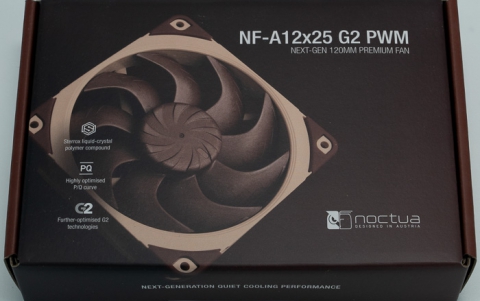
Optware to Launch the First 200GB HVD Disc in 2006
Japanese Optware announced that the first generation of its Holographic Versatile Disc (HVD) will be available in the U.S market next summer.
The company announced today the establishment of the OPTWARE Corporation of America Inc., a new company based in the US, that will help the promotion of the next generation mass storage system.
Optware America will focus on the introduction of the new HVD products to the US enterprise market. Broadcast and medical industry as well as government organizations will be the potential customers of the new company.
Toshiba, Panasonic, Fuji Photo Film, and Intel have already invested on the development of the HVD technology. The cash will enable Yokohama-based Optoware to finish development of its HVD (Holographic Versatile Disc) technology that enables DVD-sized discs to store up to 1T byte of data (1Gbit/sec data transfer).
The HVD player/recorder machines as well as the first-generation writeable discs that can store 200G bytes will go on sale from next June for the enterprise storage market, and HVD players accompanied by 100G-byte read-only HVD discs should be available for the consumer market in 2008. The new 200GB HVD media will be available for around US $80-100. Moreover, the first HVD drives will be priced at US $30000.
Optware also plans to develop credit card-sized devices that store 30G bytes of data and memory-card sized devices that store 5G bytes. One of or both of these products could be on the market in early 2007. Optoware also has established a new company based in the US, in order to offer marketing and technical support for the upcoming HVC (Holographic Versatile Cards) products.
Both "HVD" and "HVC" technologies have been proposed to the Ecma International group for standardization.
Optware's main competitor, InPhase Technology, has already showcased a prototype of a commercial holographic storage device at the NAB show last April. The InPhase Tapestry drives will have capacities that range to 1.6 terabytes (TB) on a single disk. Hitachi Maxell announced that it will soon start producing these 130 mm discs aimed at the InPhase systems. Hitachi has made an investment toward InPhase's development of its patented Tapestry holographic media.
Optware America will focus on the introduction of the new HVD products to the US enterprise market. Broadcast and medical industry as well as government organizations will be the potential customers of the new company.
Toshiba, Panasonic, Fuji Photo Film, and Intel have already invested on the development of the HVD technology. The cash will enable Yokohama-based Optoware to finish development of its HVD (Holographic Versatile Disc) technology that enables DVD-sized discs to store up to 1T byte of data (1Gbit/sec data transfer).
The HVD player/recorder machines as well as the first-generation writeable discs that can store 200G bytes will go on sale from next June for the enterprise storage market, and HVD players accompanied by 100G-byte read-only HVD discs should be available for the consumer market in 2008. The new 200GB HVD media will be available for around US $80-100. Moreover, the first HVD drives will be priced at US $30000.
Optware also plans to develop credit card-sized devices that store 30G bytes of data and memory-card sized devices that store 5G bytes. One of or both of these products could be on the market in early 2007. Optoware also has established a new company based in the US, in order to offer marketing and technical support for the upcoming HVC (Holographic Versatile Cards) products.
Both "HVD" and "HVC" technologies have been proposed to the Ecma International group for standardization.
Optware's main competitor, InPhase Technology, has already showcased a prototype of a commercial holographic storage device at the NAB show last April. The InPhase Tapestry drives will have capacities that range to 1.6 terabytes (TB) on a single disk. Hitachi Maxell announced that it will soon start producing these 130 mm discs aimed at the InPhase systems. Hitachi has made an investment toward InPhase's development of its patented Tapestry holographic media.





















